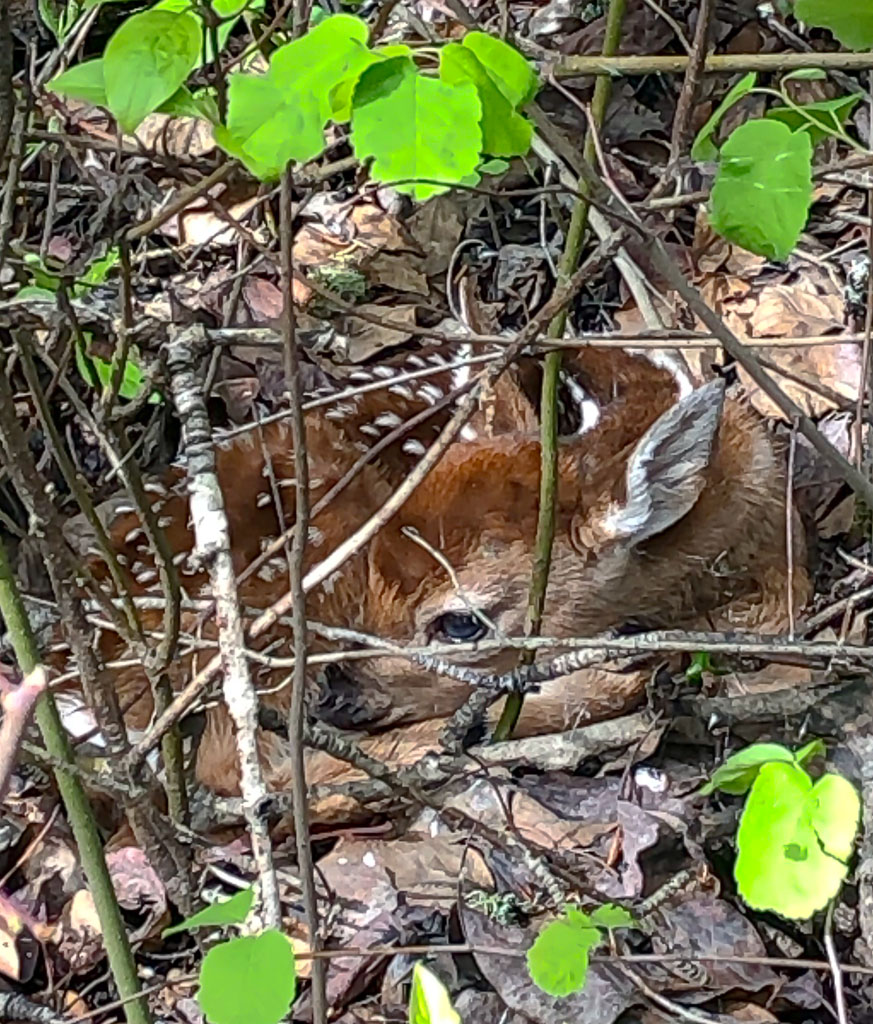Ongoing Project
Wildlife Rescue
Local Wildlife Rescue Initiative
There are no opportunities to rehabilitate injured wildlife in Fort McMurray, and few opportunities to assist wildlife in need of rescue. The WBWRI is working to change this. Last year we held a training session with WILDNorth Northern Alberta Wildlife Rescue & Rehabilitation to provide our volunteers with the skills needed to capture and transport injured wildlife to the rehabilitation facility in Edmonton. We hope to further develop our relationship with WILDNorth and provide more training opportunities for our volunteers with the objective of doing more to help injured wildlife in Fort McMurray.
"Our success with this initiative is dependent on adequate funding, and we are currently working to identify funding sources to advance our goals. "
Many of our members already have strong experience capturing and handling birds, including waterbirds, raptors, gamebirds, and other landbirds, as well as bats and other mammal species. We wish to capitalize on the incredible experience that is already found in the people that call Fort McMurray home. A coordinated approach and collaboration with members of our community will ensure a better outcome for the wild animals that share our space.

